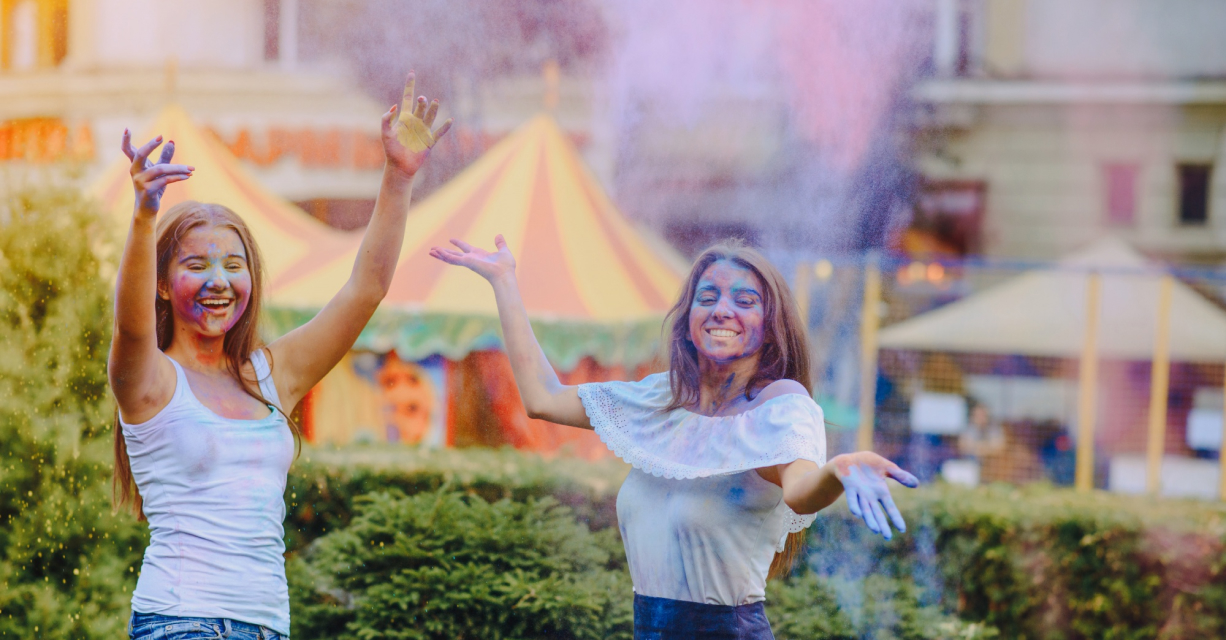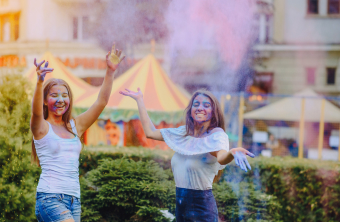

Festivals are vibrant expressions of culture, tradition, and community, offering a window into the heart and soul of a destination. From colorful parades and lively music to mouth-watering cuisine and age-old rituals, festivals bring people together in joyous celebration. Whether you’re drawn to the dazzling lights of Diwali in India or the mesmerizing dances of Carnival in Brazil, here are some of the world’s most captivating festivals that should be on every traveler’s bucket list.
Diwali, also known as the Festival of Lights, is one of the most important Hindu festivals celebrated across India and the Indian diaspora worldwide.
Carnival is a grandiose celebration held annually in Brazil, particularly in Rio de Janeiro and Salvador, featuring extravagant parades, vibrant costumes, and pulsating samba music.
Holi, known as the Festival of Colors, is a Hindu spring festival celebrated primarily in India and Nepal, marking the arrival of spring and the triumph of good over evil.
Oktoberfest is the world’s largest beer festival held annually in Munich, Germany, attracting millions of visitors from around the globe to celebrate Bavarian culture and tradition.
Chinese New Year, also known as the Spring Festival, is the most important traditional festival in China, marking the beginning of the lunar new year.
Mardi Gras, also known as Fat Tuesday, is a lively carnival celebration held in cities across the United States, most notably in New Orleans, Louisiana.
Songkran is the Thai New Year festival celebrated in mid-April, marking the beginning of the traditional Thai lunar calendar.
La Tomatina is a unique food fight festival held annually in the town of Buñol, Spain, where participants throw ripe tomatoes at each other in a friendly battle.
Gion Matsuri is one of Japan’s most famous festivals, held annually in Kyoto in July, featuring colorful processions of floats and traditional performances.
Rio Carnival is the world’s largest carnival celebration, held annually in Rio de Janeiro, Brazil, featuring extravagant parades, samba music, and vibrant costumes.
Festivals are not just events; they are vibrant expressions of culture, tradition, and community that bring people together in celebration. Whether you’re marveling at the dazzling lights of Diwali in India, dancing to the rhythm of samba at Carnival in Brazil, or indulging in the joyful chaos of Holi in India, these festivals offer unforgettable experiences that immerse you in the heart and soul of a destination. So pack your bags, don your dancing shoes, and get ready to celebrate the rich tapestry of global culture at some of the world’s most captivating festivals.